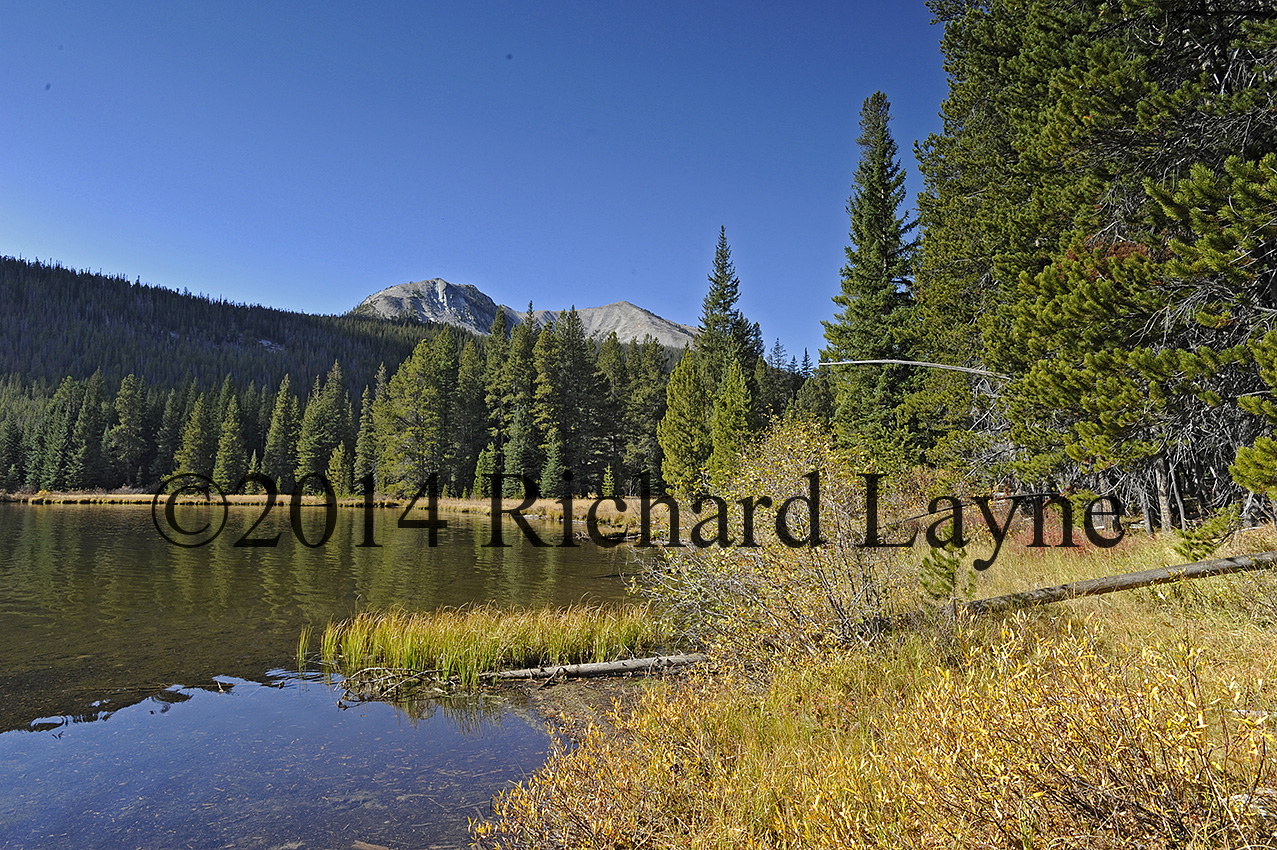
I started out needing to place 27 resupplies in the backcountry for the winter Continental Divide trip. Finally, with only three remaining, I hesitantly hoped that the worst was behind me so I could begin focusing on the winter training. In the last month and a week, not all had gone well with the first 24 caches.
Admittedly, the most recent placement 48 hours earlier went better than I perceived it would. In the early days of August, my wife and I had reconnoitered the Darkhorse Lake area 20 miles south of today’s hike. As a result, my head prophesied a tough day hike on my return into that area. As it happened though, I made the 7.3-mile trip in just under six hours. While the Darkhorse Lake day hike gave me hope, too many other trips had scratched out my psychic eyes, such as the Mile Creek Canyon hike in Henrys Lake Mountains 14 days earlier. My feet were still sporting marks from the blisters I got from that trip.
So yes, I had a little hope that the day hike in Montana and Idaho’s rugged southern Bitterroot Range to the cirque in Big Lake Creek Canyon would go better. And no, I didn’t trust October 9, 2014 at all.
At 11:20 AM, I left the trailhead at the foot of Twin Lakes. As I walked away from the van, I was less concerned about the late time then my throbbing left thumb. I had ripped the nail partially off 10 minutes earlier during my final prep at the vehicle.
Although it felt heavier, at 45 pounds the load was light when compared to the training load that was coming beginning in the early days of November. Already the chronic pain in the small of my back was announcing its presence. Lately I had been experiencing pain free days with a load this size. Years of experience however said that if the pain stayed with me for more than five minutes, it was only going to get worse as the day wore on, creating one long day.
Almost three hours later, the day lost any humor it may have had, except I had yet to make that discovery. I had long since lost count of the number of trees that had fallen across the unmaintained trail, along with the bogs, springs, and streams. I had slogged through, gone around, crawled under, or climbed over these trail treasures almost continuously for the first 3.5 miles. In addition, according to my readings, I had one more mile to travel and another 500 feet to ascend. Although not overwhelmed by it, the pain in my back had slowed me down to an average of 1.3 mph.
Straight ahead through the thick forest sawed logs were on either side of the obvious trail. To my immediate right was another bog. On the other side of it, I could see more bushes, trees, and the slight openings found in higher elevation forests away from north face areas. I found it curious that the trail was closing in on the north face of the canyon. The planned route, based off a previous trip in 2006, was to the right side of Big Lake Creek. Several minutes later, and now on the bottom of the north face, the trail suddenly ceased to exist.
I have a serious character flaw that I still practice too often, an aversion to going over ground I have already walked. With the cessation of the trail came the emergence of this defect, a major mistake that changed the character of the hike. I was beginning to feel tired, and with the loss of the trail, the irritation emerged. I was damned if I would go back down that trail. I knew where I was at, and at this elevation, 7850 feet; the forest couldn’t possibly become much thicker, could it?
In another 35 minutes, I had only traveled a quarter mile inside the north face forest and ascended 300 feet. My ire had grown proportionally to the increasing exhaustion. I also realized I had made a bad mistake, but it was too late to go back now. Time had become an issue. Assuming the same pace, if I turned around now and headed for the vehicle, I would arrive at dusk. However, inside my backpack was a 15-pound resupply for next winter. Besides, the Continental Divide Trail couldn’t be that far away.
Inside the heavy forest, I had emerged into an open area, which revealed the 50° angled slope up to the flat. It was a 75-foot wide avalanche chute, with a running stream on its eastern edge. By all that I could see, I only needed to switchback a quarter-mile to the flat and the Continental Divide Trail. Meanwhile the original goal on the other side of the Big Lake Creek cirque was still .63 miles distance as the crow flies. To get over there I would have to meander around trees, bushes, bogs, fallen trees, and ankle twisting bear grass clumps. I began climbing.
As I ascended, I stopped numerous times, once for 15 minutes. I had been sitting on the slope for 10 minutes when I glanced down at the heart rate monitor. It read 204. Unsure whether it was an accurate reading, I noted that although I was tired, I felt fine. Nevertheless, it occurred to me that I had no experience on what a heart attack would feel like. That’s when I sent a message through my satellite connected personal messenger device. I said I would wait another five minutes, which I did. As I neared the end of that time, I glanced down at the heart rate monitor. It now read 170 bpm. I looked again less than a minute later. The reading was 113. The high heart rate reading had apparently been a false alarm, probably the result of a faulty connection or low battery inside my chest monitor strap.
I arrived on the flat 15 minutes later. In a sudden rush of relief, I let out a short-lived victorious roar. I had needed 45 minutes to ascend 300 feet and was now approaching exhaustion. Meanwhile there was still a cache to place, nor would I be going out the way I came in. With the cache placed almost one hour later and a half mile traveled along the arch of the cirque, I finally began the descent, leaving the 8700-foot elevation and Continental Divide Trail behind.
I dropped into the area of the forest where I was supposed to have come up in the first place. In spite of the loss of 15 pounds out of my backpack, the pain in my back was now continuous and increasing. I began to stop every one to three minutes and use an exercise to stretch the lower back muscles, except the stretches had become almost ineffective.
The sun had dropped behind the ridgeline 300 feet above me where the actual Continental Divide was located. I now realized that it would be hours after darkness settled before I got back to the vehicle. It was a blessing that I did not know how long it would actually take.
I found the old abandon miner’s cabin half an hour later located at the head of Big Lake Creek. Glancing through the opening that used to be the door, I spotted the rusted out and broken kitchen stove. My mind’s eye imagined a picture of the structure when there was a roof, door, a bed to sleep on, and a hot fire in the stove. Then came my first thought about abandoning the exit and spending the night in the backcountry. I gave the cabin a final glance and continued the descent on the freshly found trail.
In another 45 minutes, I reconnected with the trail intersection where I had made the mistake. It only took a few moments to see that the bog had erased the real trail. Yet I could not help but wonder how I missed it this time when eight years earlier I had brought my wife, dog and I through this area without incident.
When I arrived at the bog, I had traveled almost seven miles in seven hours. Now footsore and tired, I was keenly aware there was still approximately 3.5 miles to travel on a badly dilapidated trail. If my present pace continued, which was similar to ascending the canyon, then I was still three hours away from the vehicle. I figured I had approximately 45 minutes of daylight remaining.
Just before 7 PM, I brought out my head lantern, but didn’t turn it on for another 10 minutes. As time passed, I increasingly examined the thought of building a bed under one of the large Douglas fir pine trees and then make my exit the following morning. I nevertheless kept traveling. At my final stop, I sent a message through the messenger that I was still probably one hour away from the trailhead. I noted that I had been walking for an hour and a half in the dark.
Using the homing function on my GPS watch, I quit the trail 50 minutes later and attempted a shortcut to the trailhead. I crossed the final stream and bog, this time fighting to get through a hedge of willows at the same time, and arrived at the vehicle nine minutes later.
Without a doubt, to date the Big Lake Creek Canyon has been the most difficult day hike in the last month and a half along the Continental Divide. Hours before getting to the vehicle, I fixed the blame squarely on myself. Oh yes, I bill myself as quite the backcountry traveler. One of the resultant returns with that kind of thinking is the difficulty I have admitting the truth about my humanity.
All too often, I apparently need to experience a whole lot of mistakes, most of them repeats of lessons learned from previous trips. I think though that as much as I hold making mistakes with great disfavor, they may keep me from getting too big. Therefore, when the real trip begins, in this case continuing the winter Continental Divide trip, I hope my ego is in check. That will increase my ability to survive the perils of winter travel and perhaps minimize my mistakes.
In that light, mistake riddled day hikes are damned good training. On the other hand, there is the potential for another three months of damned good training events. Just thinking about it 24 hours later makes me feel tired. Maybe after the main trip begins though, I will finally get a breather. Oh brother, here’s another illusion probably setting me up for one more good whacking.

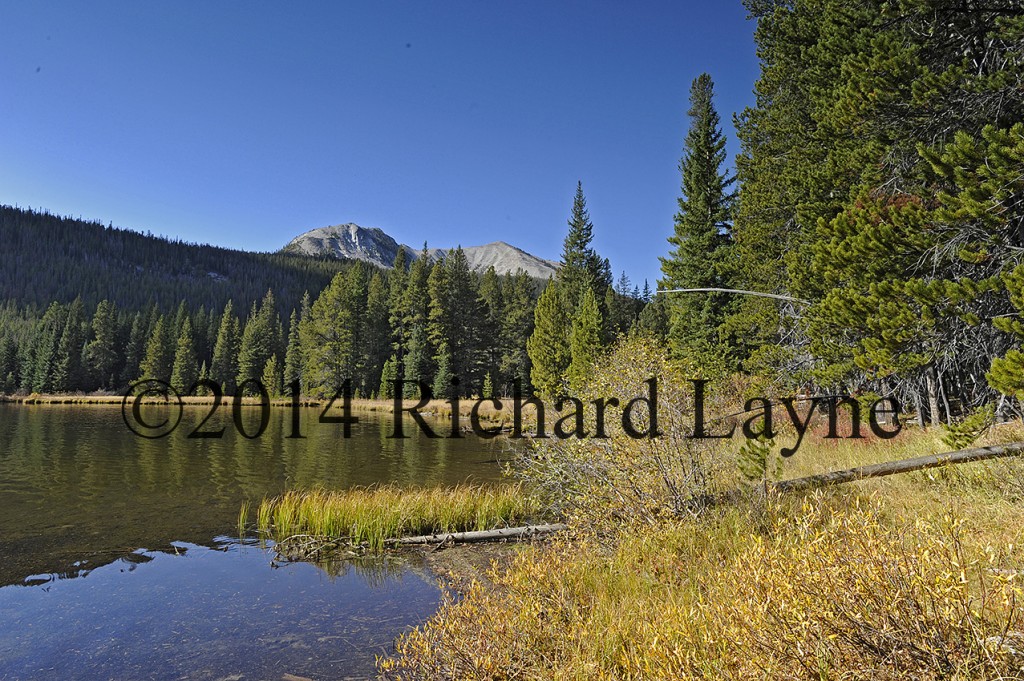
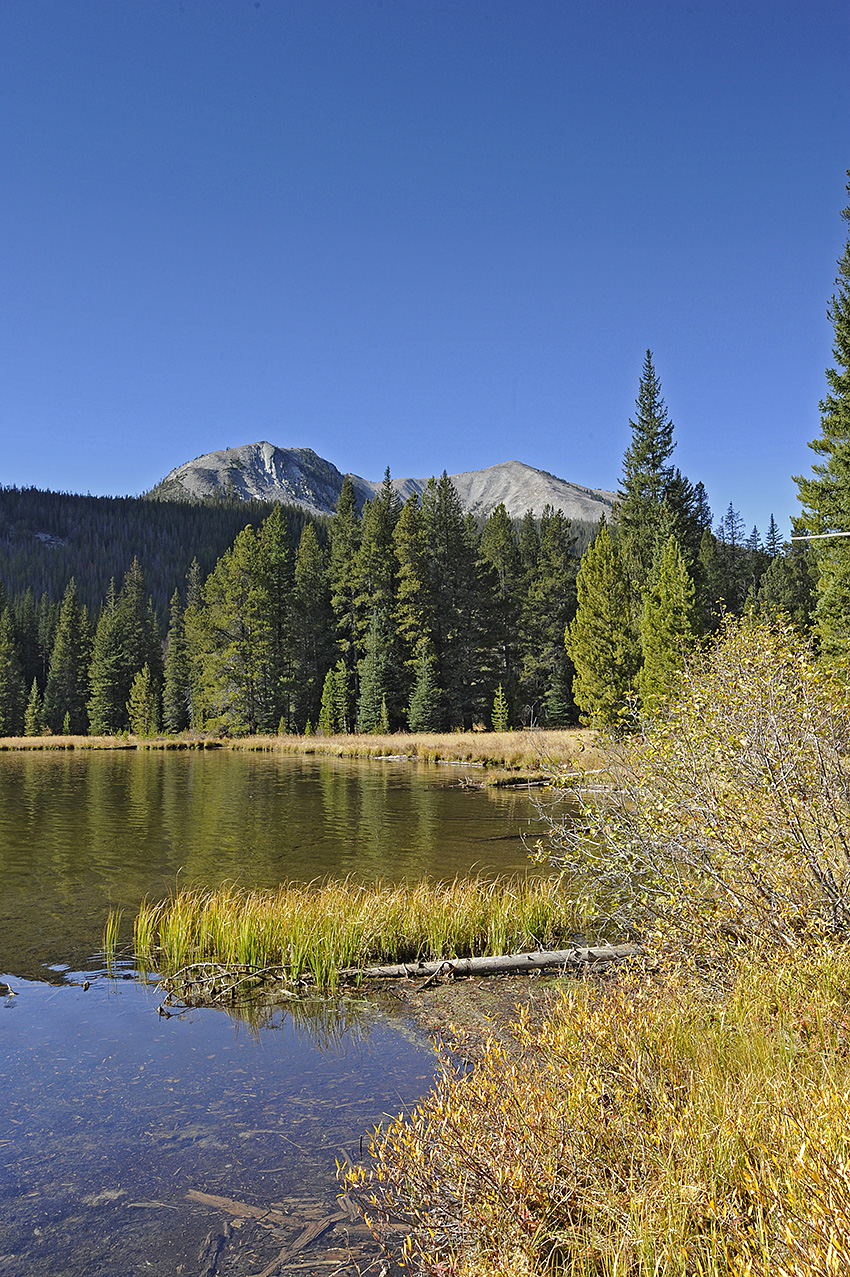
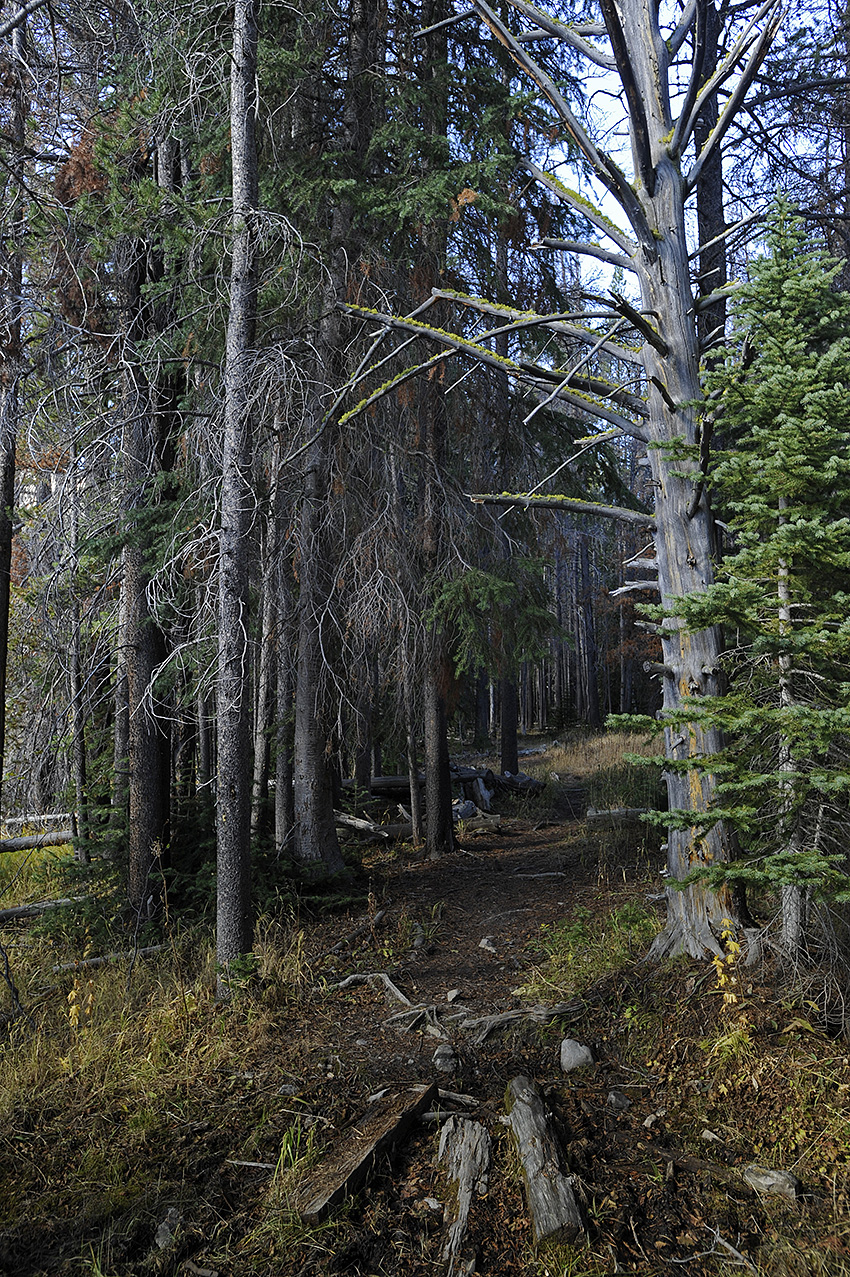
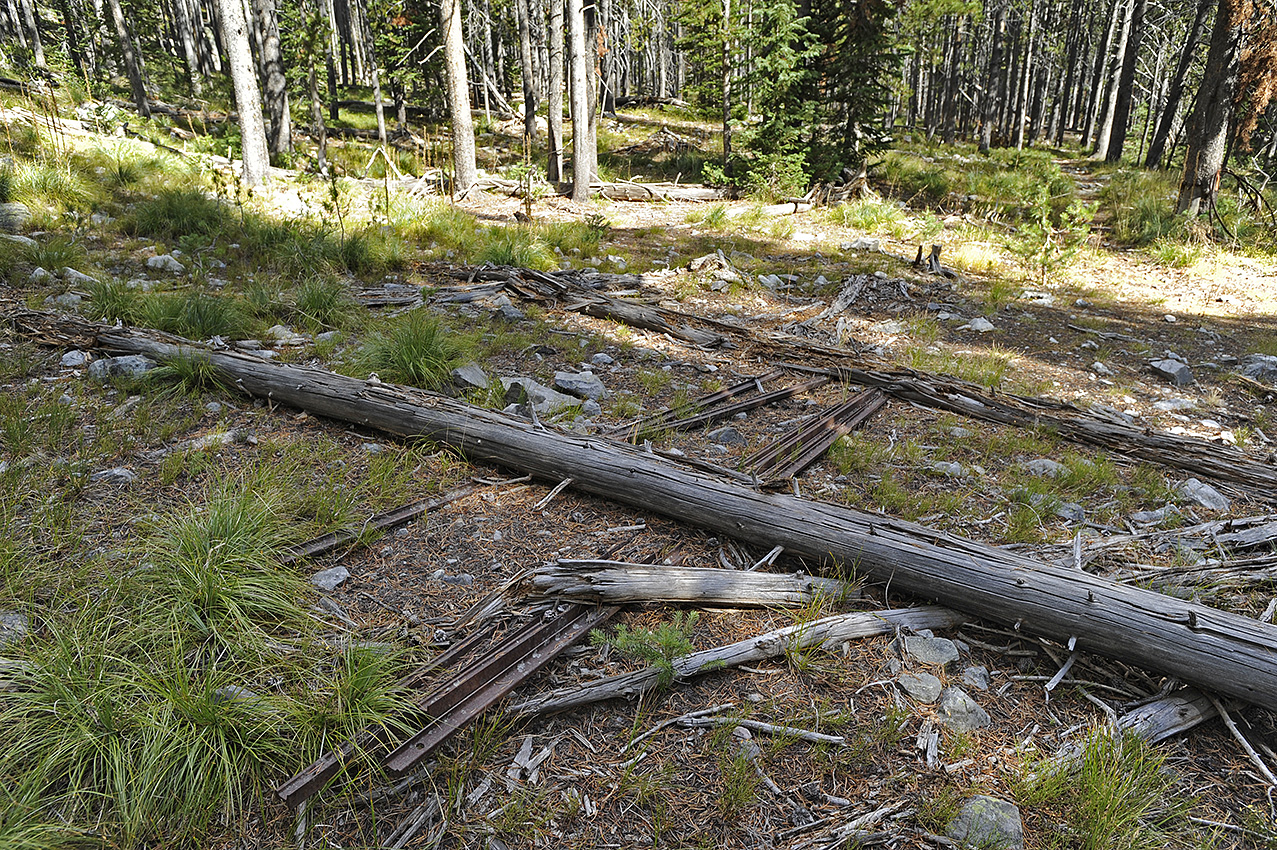
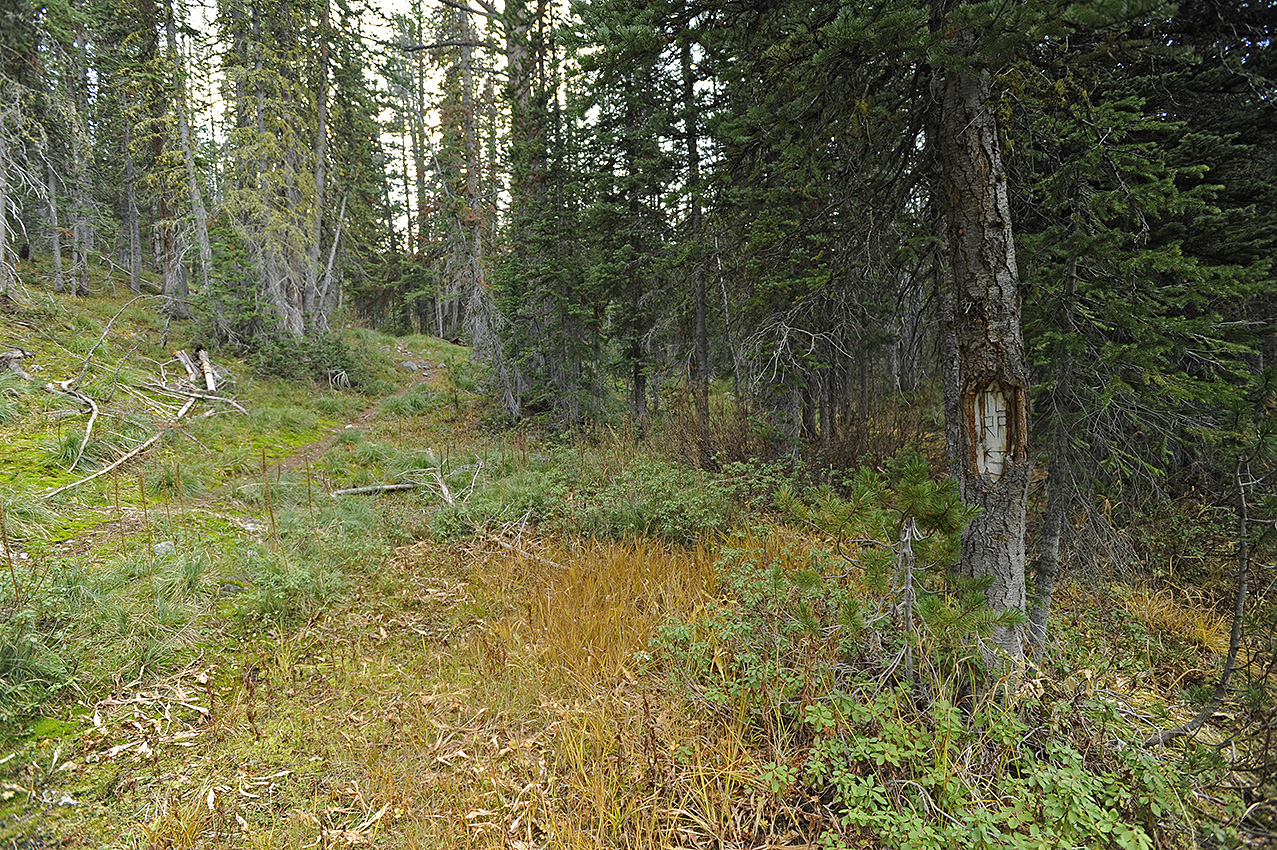
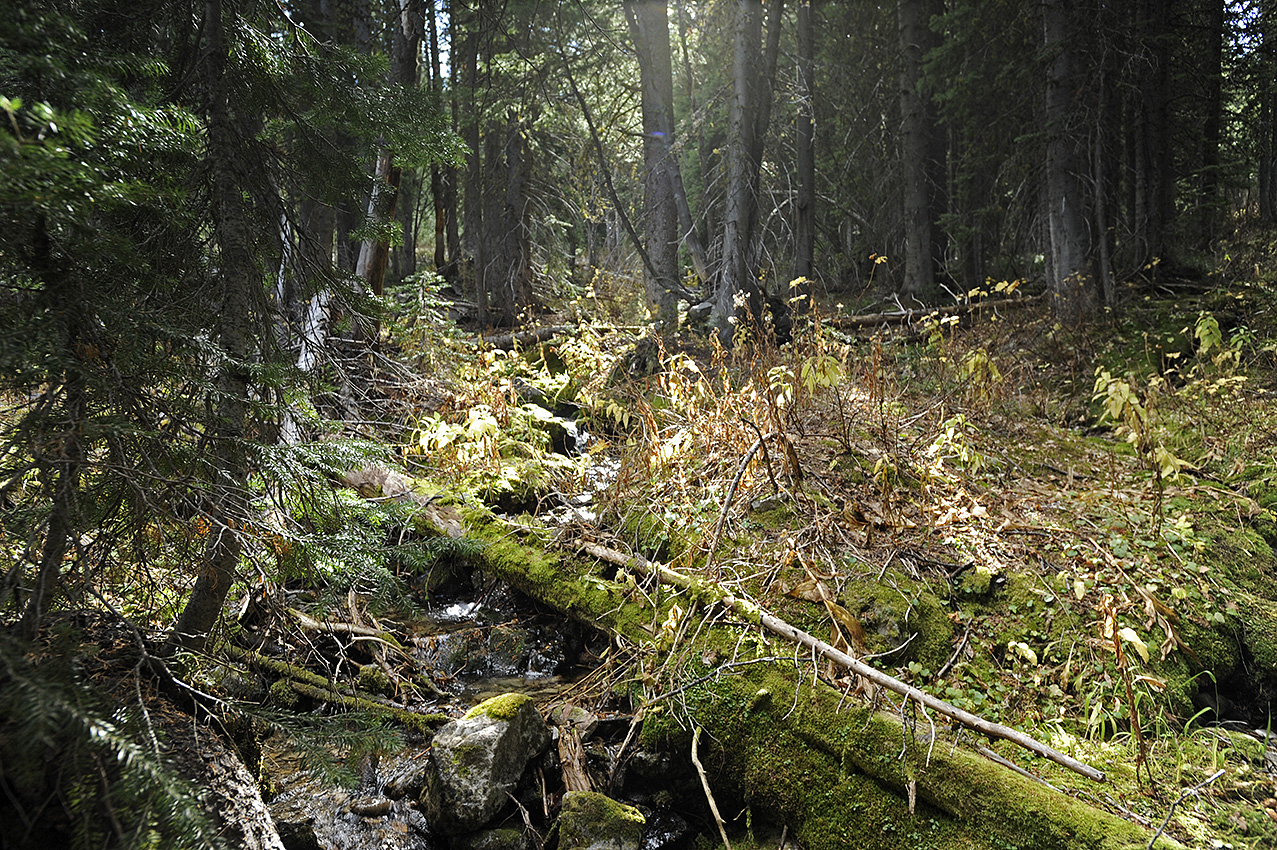
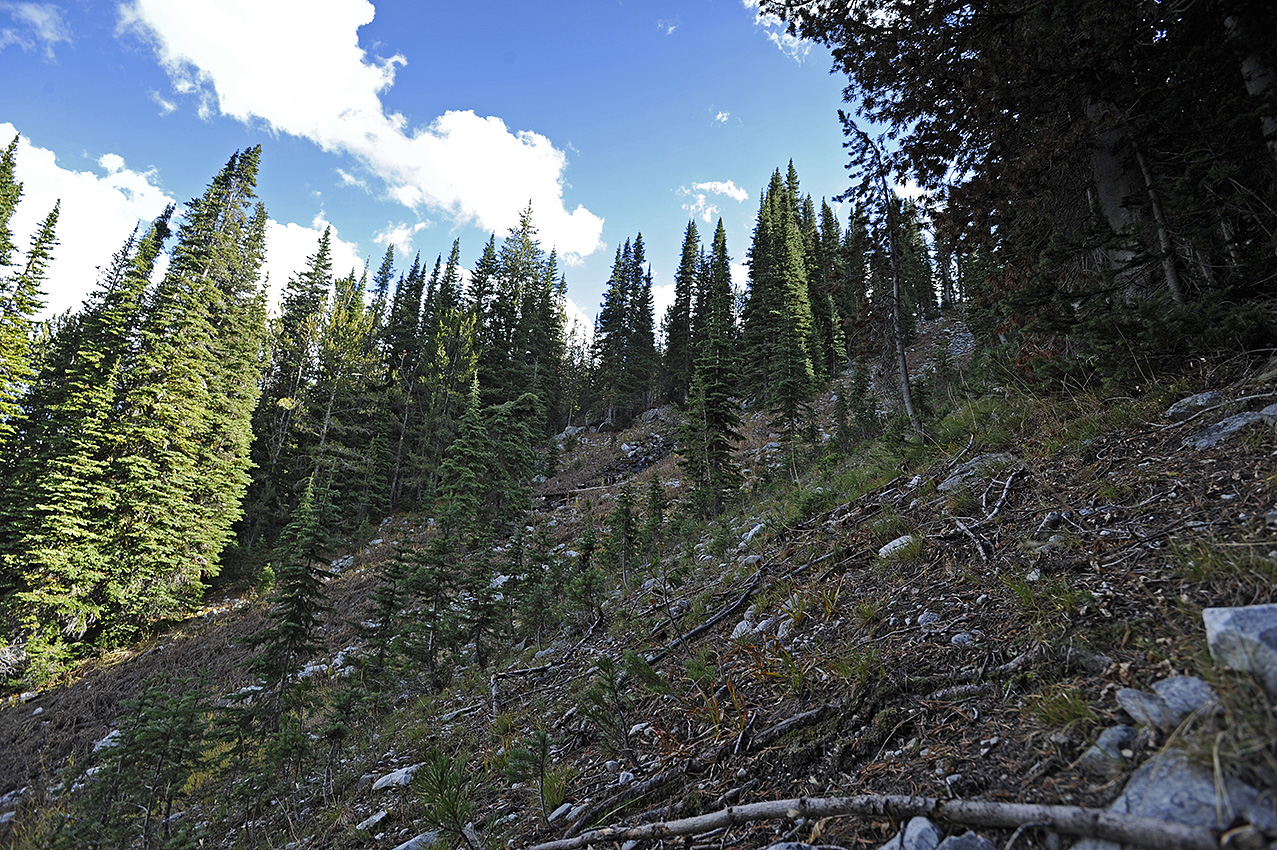
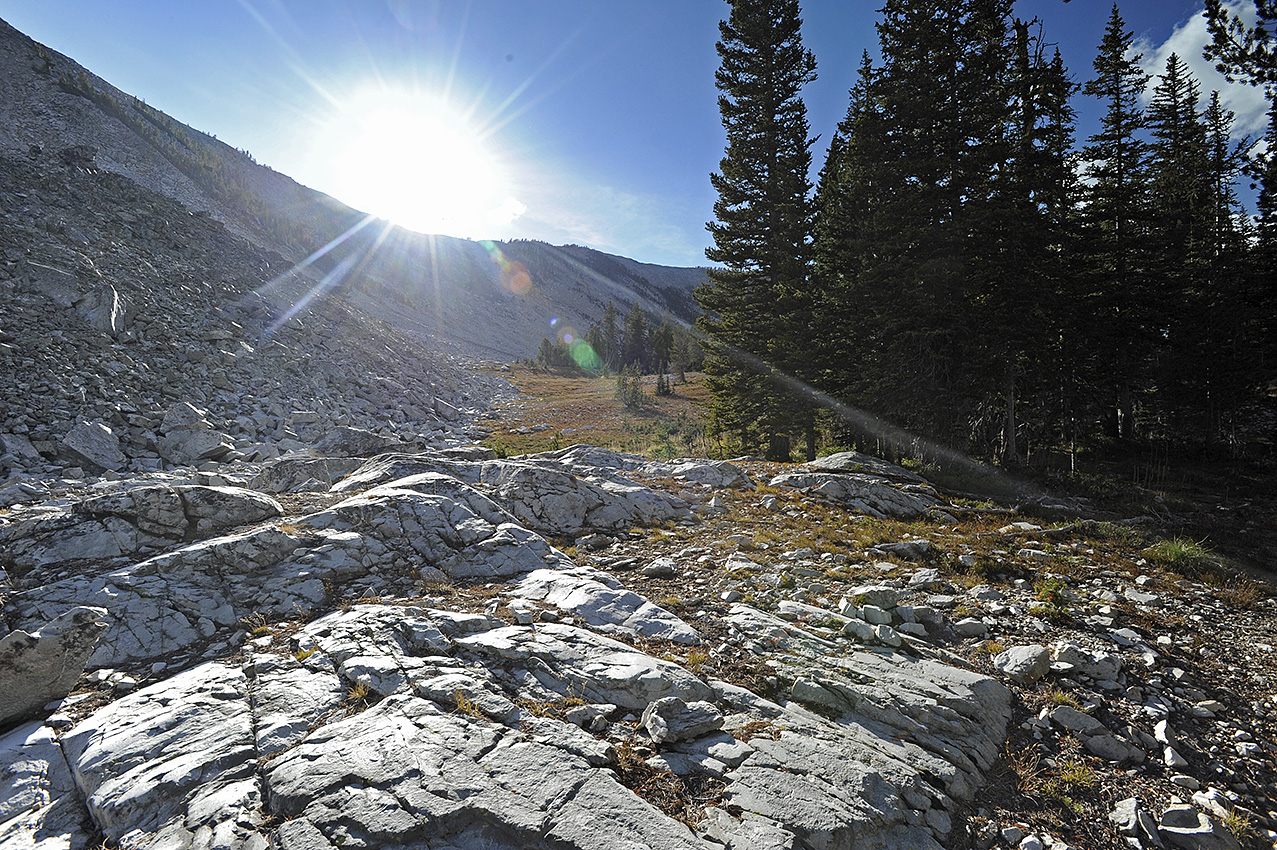
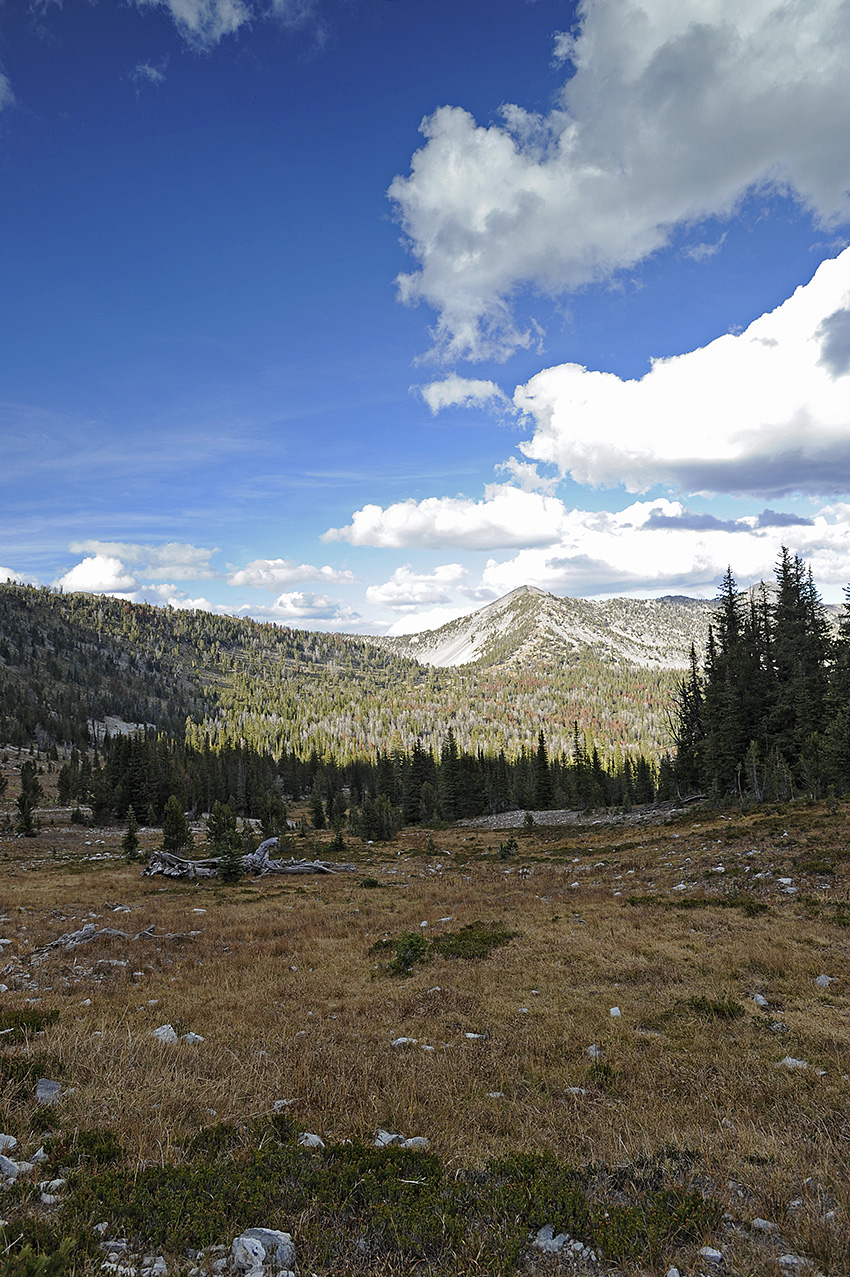
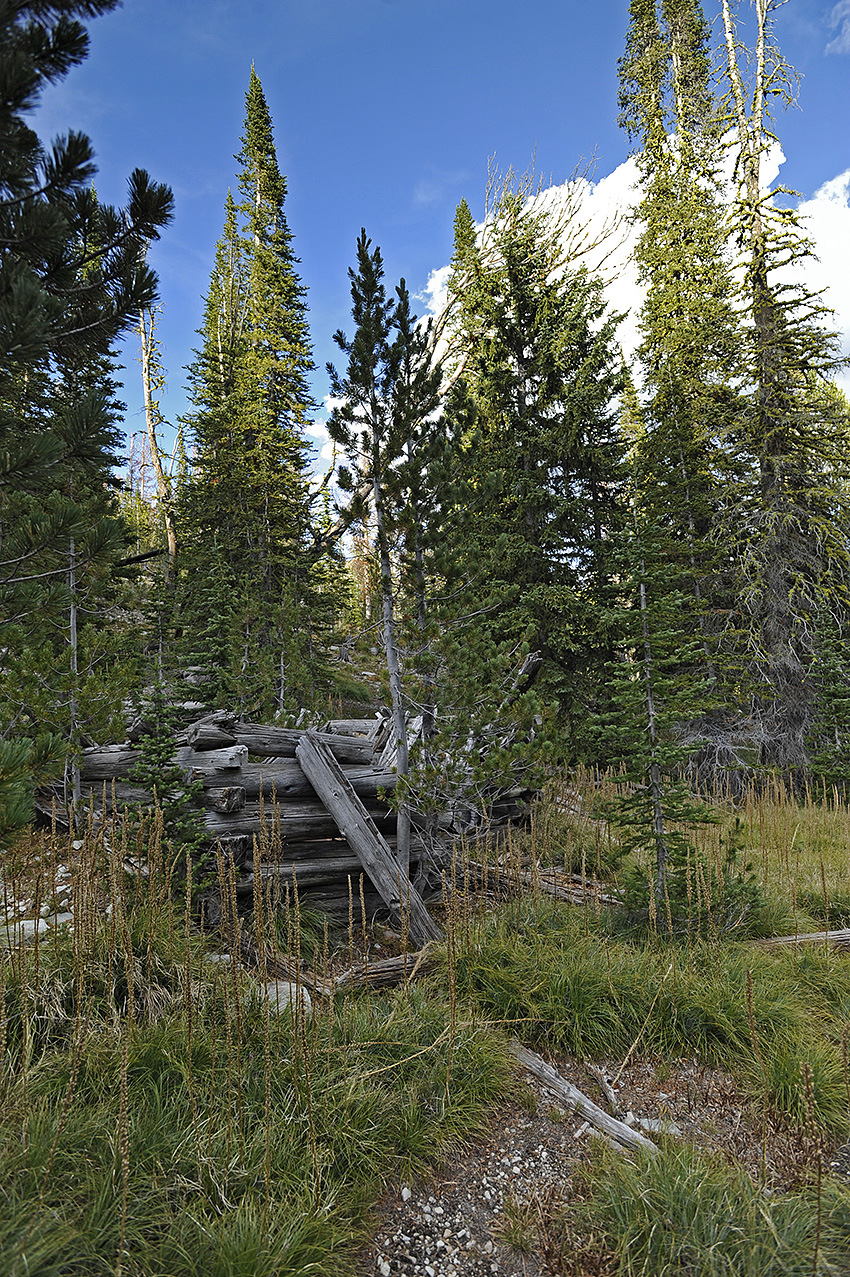
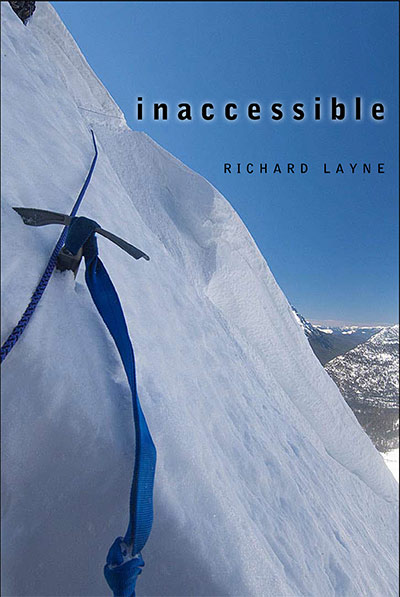
Richard, your experience kept me glued to the screen without a break. Although I am not the same class of hiker as you, your story did reminded me of a somewhat scary experience to the peak of Colorado Mountain. Two friends and I took 8-hours to travel the 8-mile out-and-back hike in knee deep snow. I learned a lot from that experience. Primarily that I don’t want to put myself in that position again. Best wishes in your quest.
Don, I am uncertain I belong in my class of hiking. That said, Rule #1 for me under dire conditions is to not panic and carefully put one foot in front of the other. Eventually I am brought to safety. Good to hear from you.